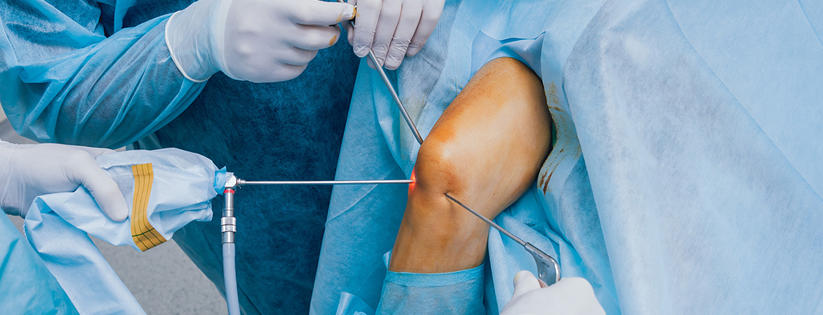Arthroscopy

Arthroscopy is a minimally invasive surgical procedure used to diagnose and treat problems within a joint. The word "arthroscopy" is derived from two Greek words: "arthro," meaning joint, and "skopein," meaning to look or examine. During arthroscopy, a small instrument called an arthroscope is inserted into the joint through a small incision, allowing the surgeon to visualize the internal structures of the joint on a monitor.
The arthroscope is a thin, flexible fiber-optic tube equipped with a light source and a small camera at one end. It can be inserted into various joints, including the knee, shoulder, hip, ankle, elbow, and wrist, among others.
The arthroscopic procedure is typically performed for two main purposes:
- Diagnostic Arthroscopy: This involves using the arthroscope to inspect the joint's internal structures, such as cartilage, ligaments, tendons, and synovial lining, to diagnose the cause of joint pain, swelling, or dysfunction. The camera provides real-time images, helping the surgeon identify any abnormalities or injuries.
- Therapeutic Arthroscopy: In addition to diagnosis, arthroscopy can be used for various surgical treatments within the joint. The surgeon can insert small surgical instruments through additional incisions to repair or treat the identified problems. Common therapeutic arthroscopic procedures include:
1) Removing or repairing torn cartilage (meniscus) in the knee.
2) Repairing or reconstructing torn ligaments, such as the anterior cruciate ligament (ACL) in the knee or the rotator cuff in the shoulder.
3) Removing loose bone or cartilage fragments.
4) Treating inflamed synovial lining (synovitis).
5) Smoothing or removing damaged joint surfaces.
6) Treating certain joint infections.
Advantages of arthroscopy over traditional open surgery include smaller incisions, reduced tissue damage, less pain, quicker recovery, and potentially fewer complications. However, not all joint conditions can be treated with arthroscopy, and in some cases, open surgery may still be necessary.
Arthroscopy is generally performed as an outpatient procedure, meaning the patient can often go home on the same day as the surgery. Recovery time varies depending on the specific procedure performed and the joint involved, but it is generally faster than traditional open surgery. Physical therapy may be prescribed to help with rehabilitation and regain joint function after the procedure.
